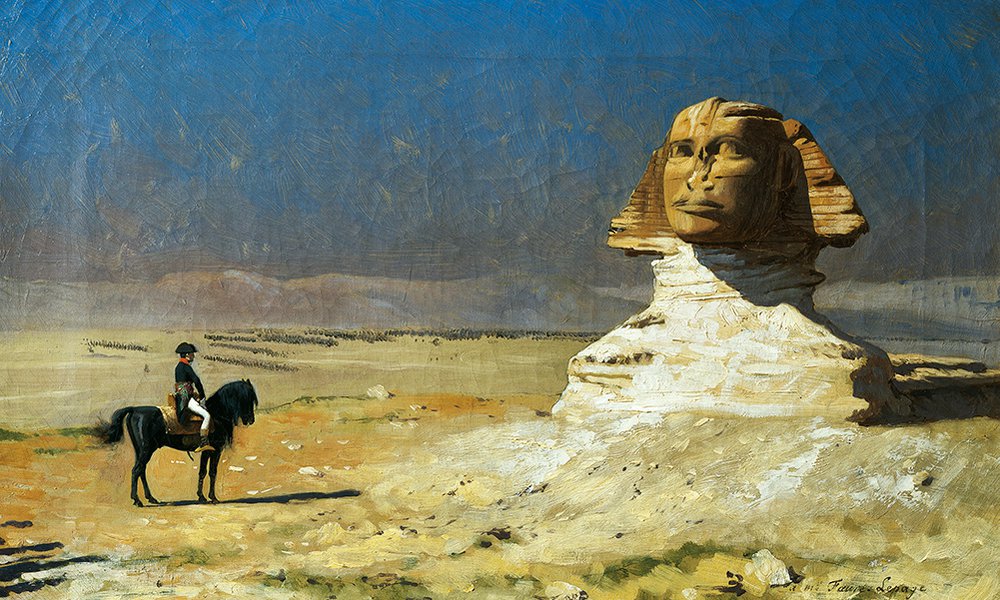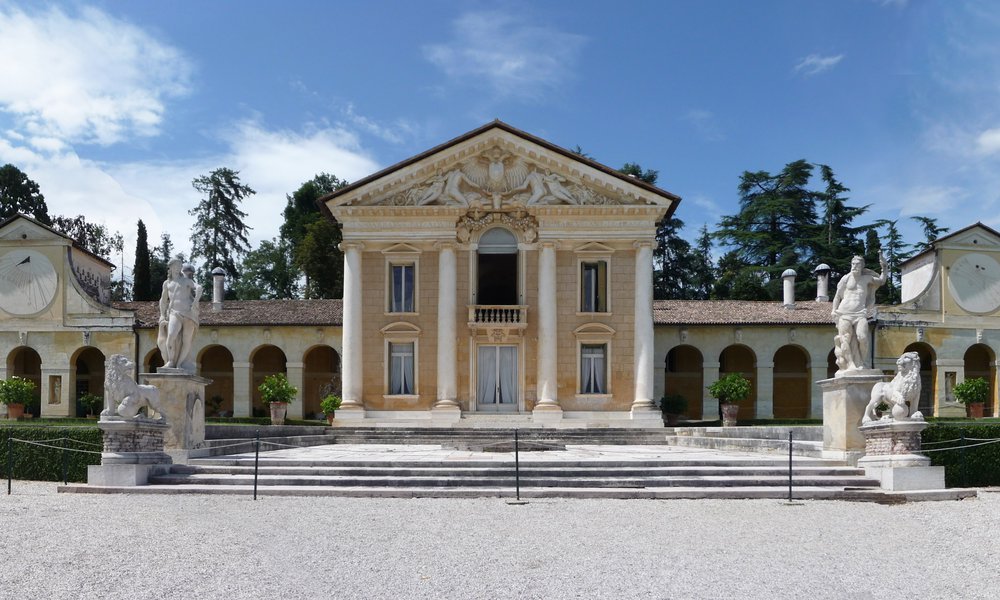What makes and breaks civilisations?
by Dr Cameron Petrie
2 Mar 2018
The concept of “Civilisation” (or Civilisations - with or without a capital C) is notoriously thorny, but in the new BBC Two series Civilisations, Simon Schama FBA casts the net wide by exploring the perennial question “What makes us human?” and seeking to define civilisation in relation to its lack.
The destruction of monuments throughout human history
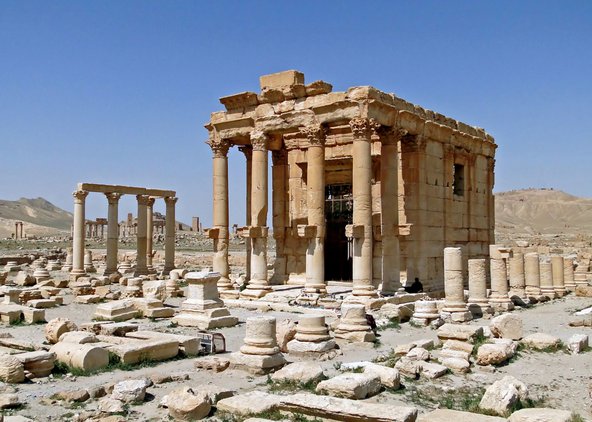
“Temple of Baal-Shamin in Palmyra, Syria in 2010” by Bernard Gagnon is licensed under CC BY-SA 3.0
In the first episode, Schama argued for the lack of civilisation in the deliberate destruction of monuments in Syria and Iraq (and the people who tried to protect them) by the so-called Islamic State. While these acts were horrific and fundamentally disturbing, it is also important to remember that they were deliberate political and cultural actions, and replicate the type of devastation that has been enacted throughout human history where the victorious conquerors have sacked, looted and/or pillaged buildings, monuments and even cities. Although the Islamic State can be used to question the concept of civilisation generally, their actions have also irreparably damaged our ability to engage with the past relics that they have destroyed.
Human history is marked by both achievement and decline
Even in showing us the devastation of cities in Syria, the new series provides us with an abundance of spectacular images of the glories of human achievement. As Schama notes,
“We are the art-making animal and this is what we have made.”
However, there is also an undercurrent of impermanence and decline that permeates the first episode as - although human history is marked by great pinnacles of artistic and cultural achievement - it has also been marked by periods of warfare, economic decline, environmental degradation and climate change.
The decline of Petra and the double-edged sword of imperialism and economic rationalism
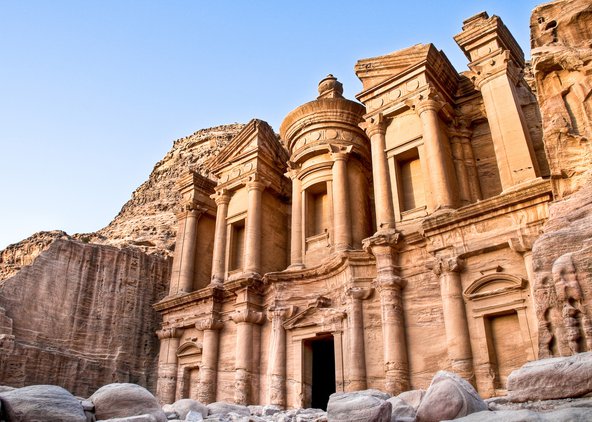
Petra Monastery via istock.com/kyolshin
At a time when we are saturated with images more than ever before, it is perhaps easy to overlook the fact that the series presents us with lush and often never before seen images and views – benefitting enormously from new drone based cameras that make barely dreamed of shots possible. For example, we have seen images of the ancient city of Petra in Jordan before, but the footage in Civilisations takes things to a new level.
The stunning fly-bys show off the spectacular monuments and tombs of this Nabatean city, which prospered as a result of its critical location on the overland trade routes for aromatics from south Arabia. Although it had flourished under local rule, Petra saw a relatively precipitous decline when it was incorporated into the Roman Empire, which reoriented the aromatics trade to be more sea-based. This certainly reminds us that while the “civilisation” brought by imperialism and economic rationalism are beneficial for some, they can be equally devastating for others.
Humans adapting to living within specific environments
Although the episode has a strong focus on human artistic achievement, it is also grounded in the recognition of a reality where humans live within specific environments. Schama makes the point that “art is hard to eat”, and that “there is nothing grand or stately about starvation”. Using the example of the ancient Maya, he shows us their spectacular monuments, but also contrasts these stunning stone structures and their inscriptions with the enveloping cover of the jungle, which dominates the modern landscape.
Some scholars have argued that the ancient Maya engaged in careful management of their environment, in particular using the milpa or forest garden agricultural strategy. This is a distinctive Mesoamerican approach to farming involving maize, beans and squash, which were grown simultaneously in companion planting where each of the species is interdependent, and the system often involves rotation over multiple years.
What caused the decline of Maya?
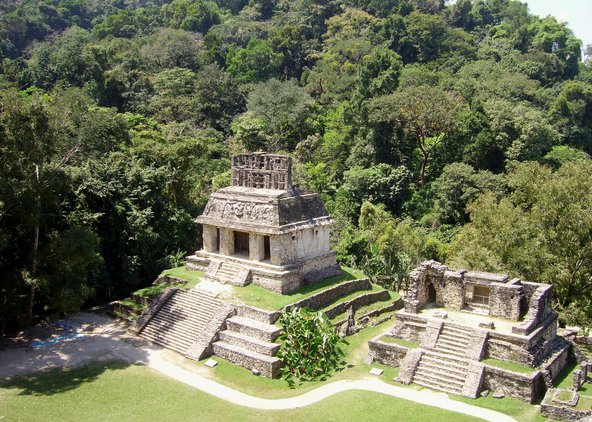
Palenque, Temple of the Sun. Chiapas, Mexico via istock.com/gionnixxx
Although it has been suggested that the milpa system destabilised the landscape, others have argued that it was both sustainable and successful. So if it wasn't environmental degradation, what caused the decline of the Maya? Schama commented on the balance between habitat and ambition, and noted that the ancient Maya were affected by drought. While climate change is often regarded a “smoking gun” cause for collapse, it is important to point out that there was usually no simple relationship between climate change and collapse – either for the Maya or for any other instance of an ancient society being affected by climate change (e.g. ancient Mesopotamia, Egypt or Indus South Asia).
The evidence for the impact of drought on the Maya is actually quite varied, and while some centres appear to have declined, others appear to have survived for extended periods, as local populations and political relationships are likely to have reconfigured and changed in the face of combinations of environmental, social, economic and political change.
The continued investigation into why civilisations fail
Archaeologists have long advocated the investigation of the past to gain insight into the present and the future, and these are all topics of modern concern. The obvious point here is that civilisation does not always survive major disturbances, at least not in the same form.
Schama argues that “Civilisations want to conquer time, but they invariably fail.” While this process is both interesting and compelling, the reasons why failure occurs continue to be hotly debated, and it is precisely these types of questions that drive further research that seeks to understand what makes us human, but also the hows and whys of our existence.
Dr Cameron Petrie is a Reader in South Asian and Iranian Archaeology and Fellow of Trinity College, Cambridge. He currently holds a British Academy Mid-Career Fellowship and his research project, ‘Climate, environment, human adaptation and civilisation in Ancient South Asia: Land, Water & Settlement (LWS) was funded by a British Academy International Partnership and Mobility Scheme.
